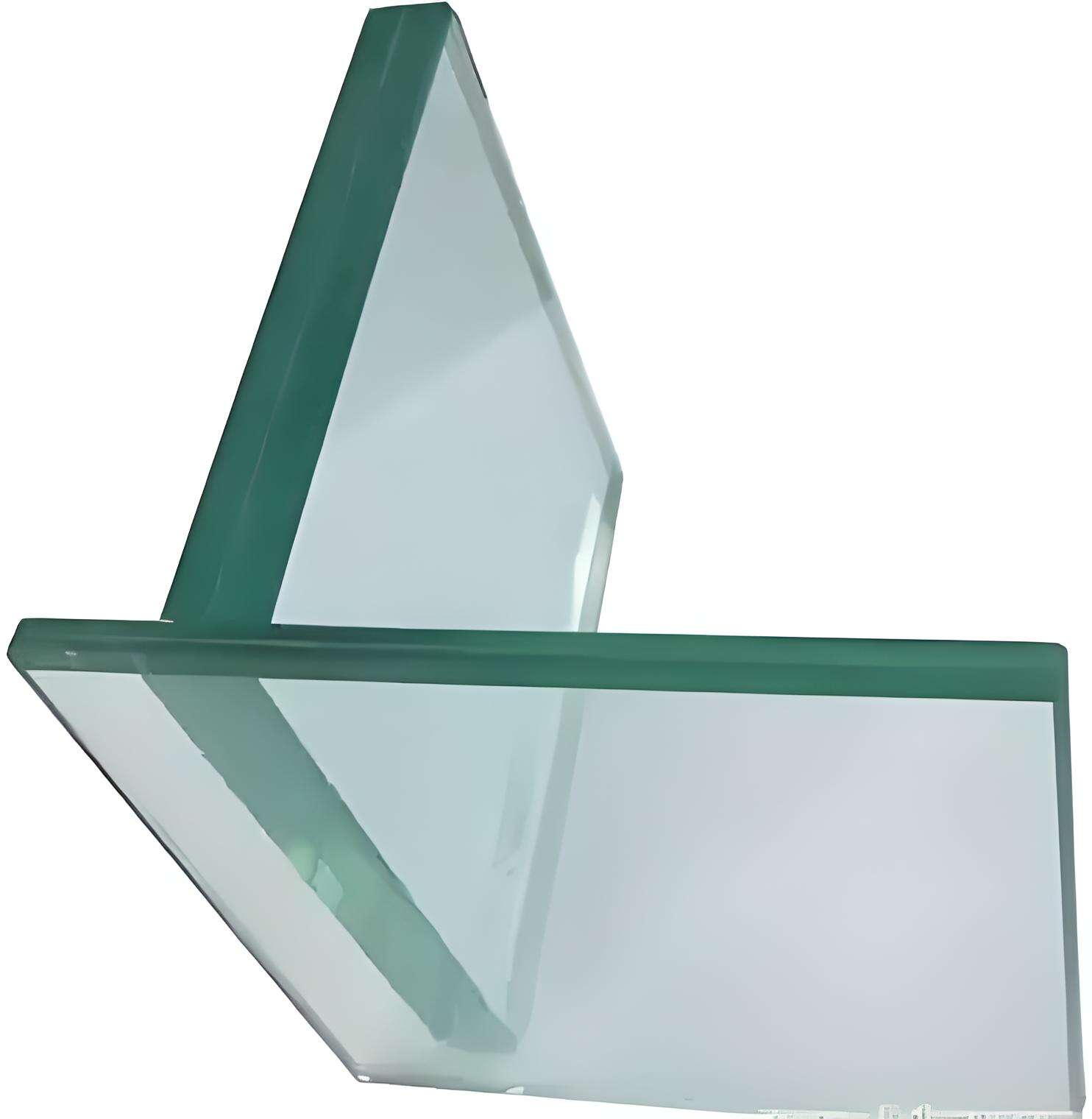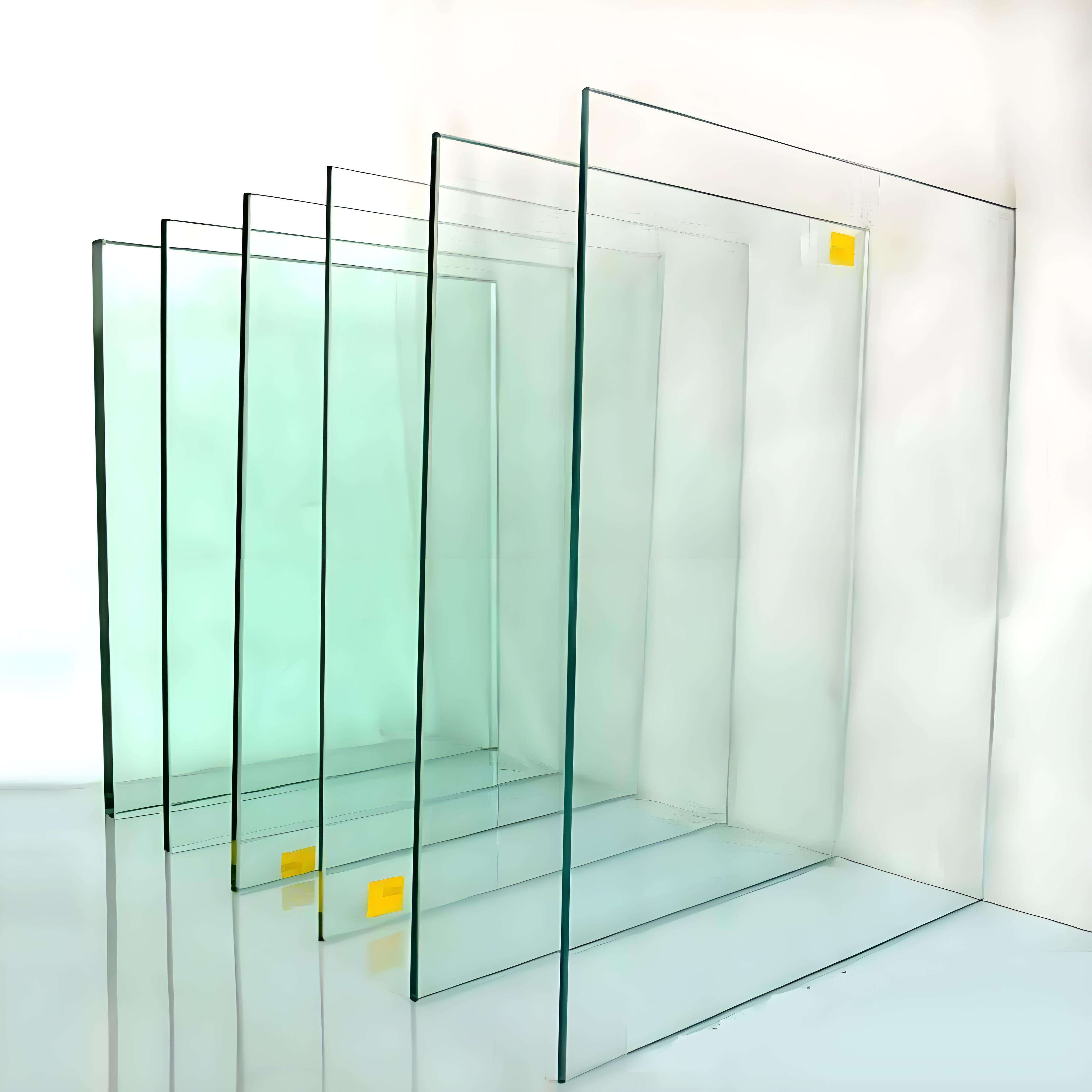precision glass block
The precision glass block represents a pinnacle of optical engineering excellence, serving as a fundamental component in various high-precision measurement and calibration applications. This meticulously crafted instrument is manufactured to exacting standards, featuring optically flat surfaces with parallelism tolerances typically within fractions of an arc-second. The block's material composition consists of premium-grade glass with exceptional thermal stability and homogeneity, ensuring consistent performance across varying environmental conditions. Its primary functions include serving as a reference standard for dimensional metrology, optical alignment, and interferometric measurements. The precision glass block's surfaces are typically polished to lambda/10 or better, providing an exceptionally smooth finish that minimizes light scatter and maximizes measurement accuracy. These blocks are available in various sizes and specifications to accommodate different applications, from laboratory research to industrial quality control. The design incorporates sophisticated temperature compensation mechanisms, allowing for stable performance across a wide operating temperature range. Additionally, the blocks feature specialized coatings that enhance durability and optimize optical properties for specific wavelengths of light. In industrial settings, these blocks play a crucial role in machine calibration, optical system alignment, and precision manufacturing processes.


